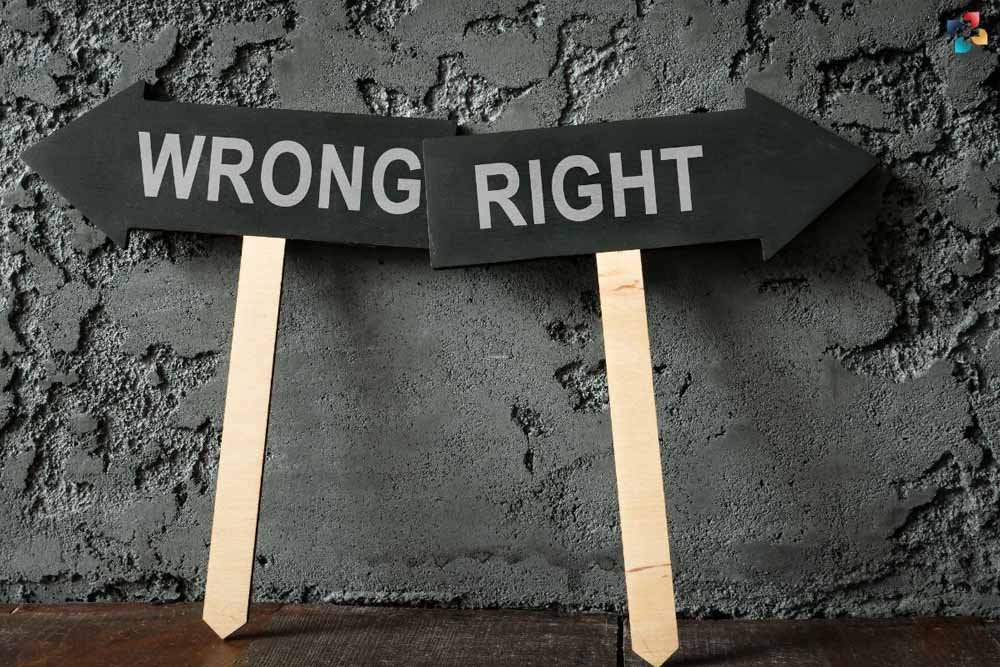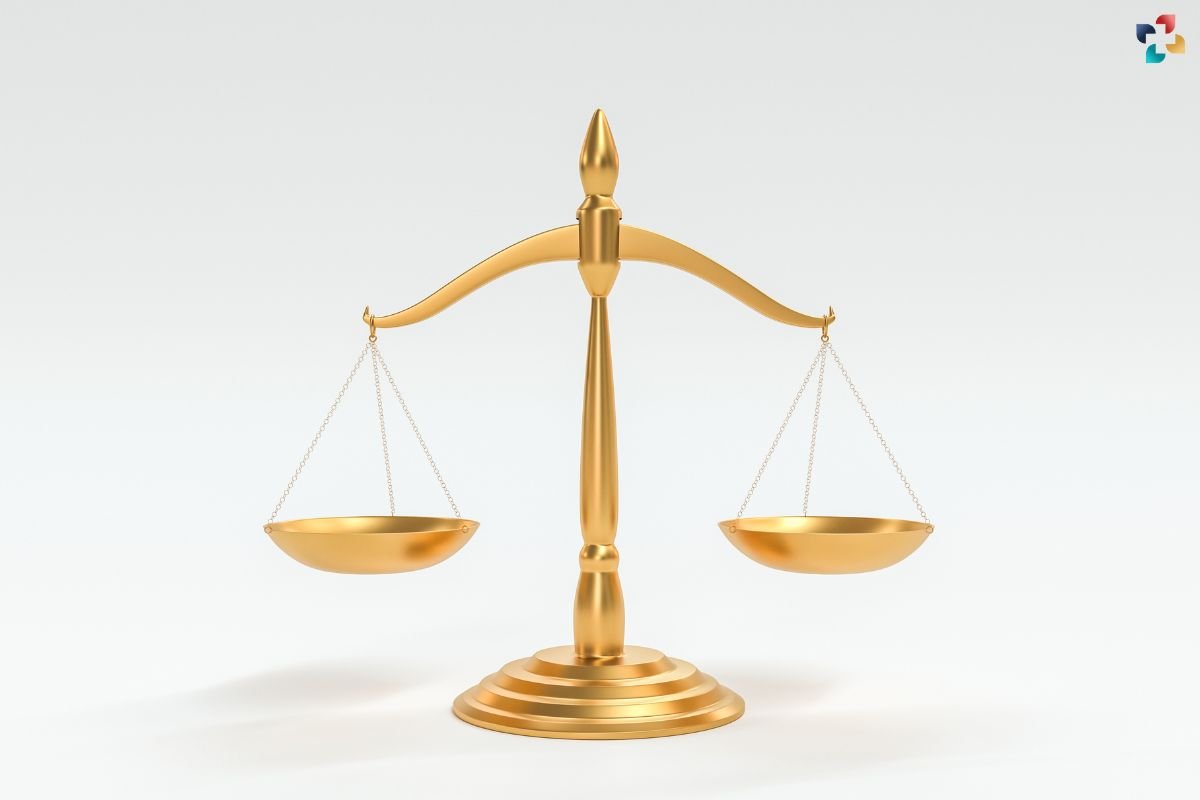In today’s complex world, understanding our moral compass and ethical inclinations has become more crucial than ever. Whether you’re curious about your own moral alignment or seeking to understand others’, the Moral Alignment Test offers valuable insights into the intricacies of human ethics. This comprehensive guide will delve into what moral alignment means, how the test works, its significance, and how you can interpret the results to enrich your self-awareness.
What is a Moral Alignment Test?
A Moral Alignment Test is a tool designed to assess an individual’s ethical perspectives and behavioral tendencies. It draws inspiration from various philosophical and psychological theories, notably the alignment system popularized in role-playing games and literature. The test typically presents scenarios or statements that respondents evaluate based on their personal beliefs and reactions.
The Alignment System Explained
The moral alignment system categorizes individuals based on two key axes:
- Good vs. Evil: Measures one’s inclination towards altruism (good) or selfishness (evil).
- Lawful vs. Chaotic: Reflects adherence to societal rules and order (lawful) versus personal freedom and spontaneity (chaotic).
These axes intersect to form nine distinct alignments:
- Lawful Good: Upholds societal order while acting with benevolence.
- Neutral Good: Prioritizes goodness over adherence to laws or chaos.
- Chaotic Good: Values personal freedom and altruism, often challenging norms.
- Lawful Neutral: Favors order and rules over moral considerations.
- True Neutral: Balances between extremes, seeking harmony and avoiding extremes.
- Chaotic Neutral: Values personal freedom and independence above all else.
- Lawful Evil: Uses structure and rules to achieve selfish goals.
- Neutral Evil: Acts out of pure self-interest without being bound by societal rules.
- Chaotic Evil: Embraces unpredictability and malevolence, disregarding societal norms.
Taking the Moral Alignment Test

Taking the test involves answering a series of questions or scenarios honestly. These questions are crafted to gauge your instinctive reactions and moral reasoning across different situations. The results provide a snapshot of your predominant alignment(s), offering a nuanced understanding of your ethical framework.
Significance of Moral Alignment
Understanding your moral alignment goes beyond mere curiosity. It can:
- Enhance Self-Awareness: Recognize strengths and potential biases in decision-making.
- Improve Communication: Foster empathy and understanding towards others’ perspectives.
- Guide Ethical Decision-Making: Clarify personal values and ethical boundaries.
- Support Personal Development: By understanding your alignment, you can work towards personal growth, enhancing your strengths, and addressing your weaknesses.
- Influence Career Choices: Certain alignments might align better with specific careers. For example, Lawful Good individuals may thrive in roles requiring strict adherence to rules and ethical standards, such as law enforcement or public service.
- Promote Social Harmony: Recognizing and respecting the moral alignments of others can lead to more harmonious interactions and conflict resolution in both personal and professional settings.
Interpreting Test Results
Upon completing the test, you’ll receive a primary alignment and possibly secondary ones. Each alignment description offers insights into your tendencies, strengths, and potential areas for growth. For example, someone categorized as Lawful Good might prioritize justice and order, whereas a Chaotic Neutral individual values personal freedom and adaptability.
Understanding the nuances of each alignment helps in self-reflection. For instance:
- Lawful Good: You might find satisfaction in contributing to community and social justice. Reflect on how your actions uphold your values and consider areas where flexibility might enhance your impact.
- Neutral Good: You likely strive for balance, seeking the greatest good without being constrained by rigid rules. Explore how this flexibility serves you and where it might cause challenges.
- Chaotic Good: Your focus on individual freedom and justice might inspire others but also cause friction with established norms. Consider how you can balance your ideals with practical considerations.
- Lawful Neutral: Your adherence to rules and structure can create stability but might also seem inflexible. Reflect on when rules serve the greater good and when they might hinder progress.
- True Neutral: Your balanced perspective helps in maintaining harmony but can be perceived as indecisive. Identify areas where taking a clear stance might be beneficial.
- Chaotic Neutral: Your independence is a strength, but it might also lead to unpredictability. Consider how to channel your spontaneity into constructive actions.
- Lawful Evil: You might excel in environments where structure and power are important but consider how your actions impact others. Reflect on ways to achieve goals ethically.
- Neutral Evil: While pursuing self-interest can be motivating, think about the long-term consequences of your actions. Consider how cooperation with others might enhance your success.
- Chaotic Evil: Your disregard for norms and unpredictability can be powerful, but it might lead to isolation. Reflect on how you can balance your desires with the well-being of others.

Practical Applications
Beyond personal insight, the Moral Alignment Test finds applications in various fields:
- Psychology: Understanding individual differences in moral reasoning.
- Education: Promoting ethical literacy and moral education.
- Conflict Resolution: Facilitating dialogue and mutual understanding.
- Human Resources: Assisting in the selection of candidates whose moral alignments match the organizational culture.
- Team Building: Helping teams understand the diverse moral perspectives within the group, leading to better collaboration.
- Personal Relationships: Enhancing mutual understanding and respect between partners, friends, and family members.
The Role of Cultural and Social Context
Moral alignment is not static; it can be influenced by cultural, social, and personal experiences. Different societies place varying degrees of importance on certain values and norms, which can shape an individual’s moral alignment. Understanding this context is crucial when interpreting test results. For example, a Lawful alignment in one culture might emphasize strict adherence to community rules, while in another, it might prioritize legal systems.
Benefits of Retaking the Test

As individuals grow and experience new situations, their moral alignment may shift. Retaking the test periodically can provide insights into how one’s ethical perspectives have evolved. It can also highlight areas of personal growth and changing priorities. Regularly engaging with the test encourages continuous self-reflection and adaptation.
Ethical Considerations
While the Moral Alignment Test is a useful tool, it is essential to approach it with ethical considerations in mind. Using the test responsibly involves:
- Confidentiality: Ensuring that individuals’ results are kept private and used only with their consent.
- Non-Judgment: Avoiding value judgments based on alignment categories. Each alignment has its strengths and potential drawbacks.
- Inclusivity: Recognizing the diversity of moral perspectives and avoiding cultural bias in the interpretation of results.
Conclusion
The Moral Alignment Test serves as a valuable tool for exploring the intricate landscape of ethics and personal morality. By taking the test and reflecting on your results, you embark on a journey of self-discovery and empathy-building. Whether you identify as Lawful Good, Chaotic Neutral, or any alignment in between, the test encourages deeper introspection and a greater appreciation for the diverse ethical frameworks that shape our world.
Begin your journey today by exploring your moral alignment. Embrace the insights it offers and strive to align your actions with your values, contributing positively to both personal growth and societal harmony.
Remember, understanding your moral compass is not just a test—it’s a pathway to a more conscious and compassionate way of living. As you navigate the complexities of modern life, let the insights from the Moral Alignment Test guide your decisions, enhance your relationships, and foster a more ethical and empathetic world.
Explore More on The Lifesciences Magazine






